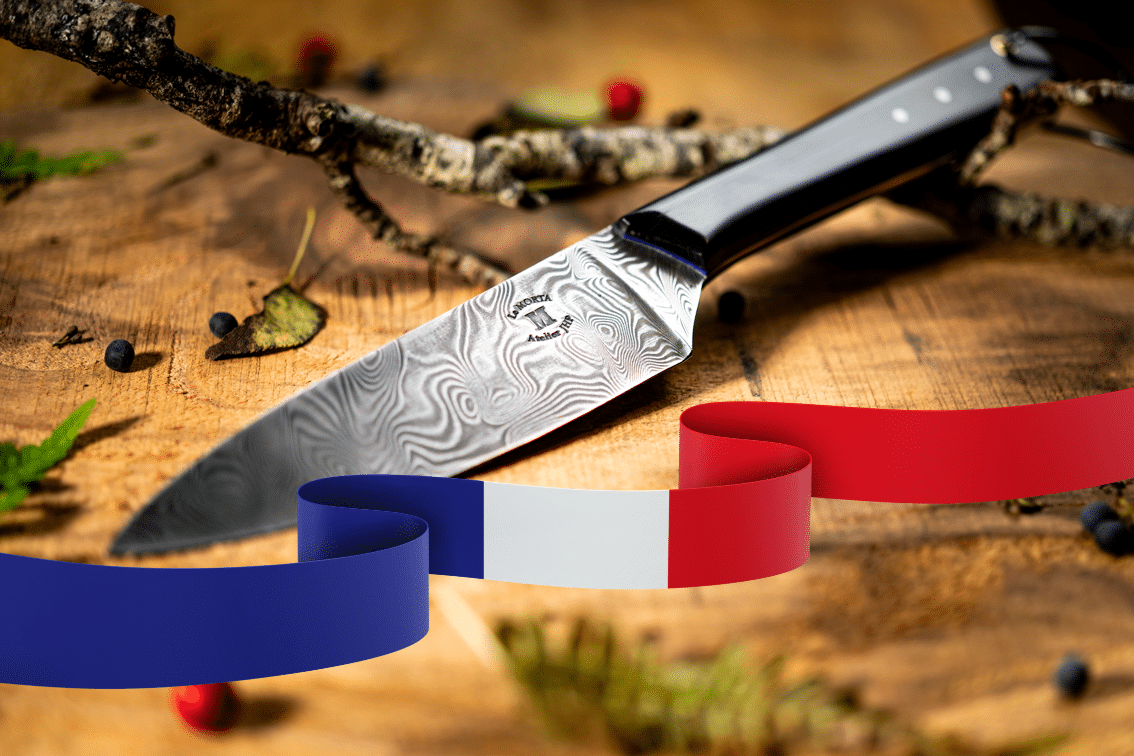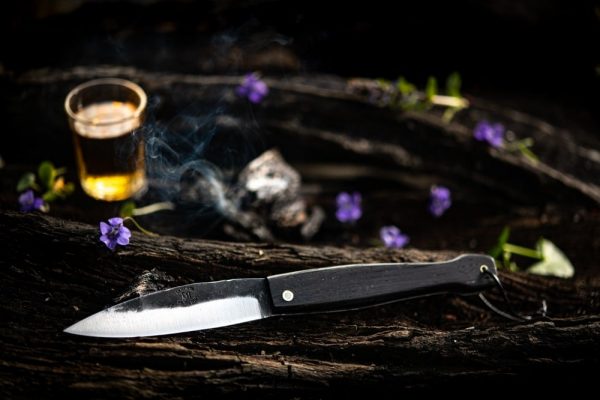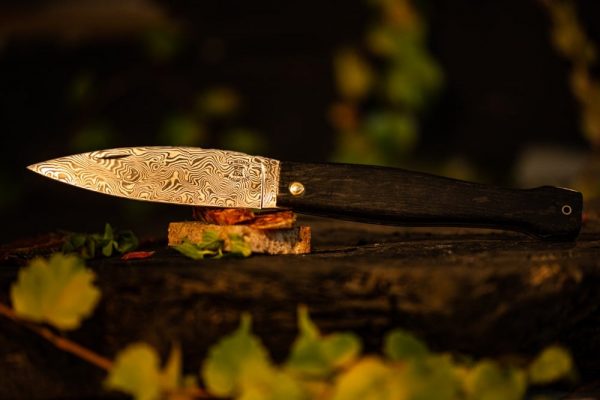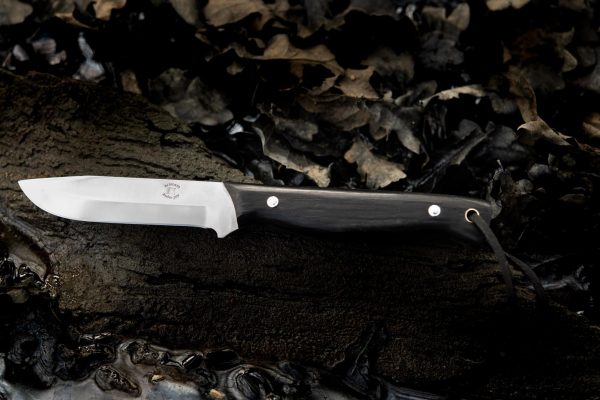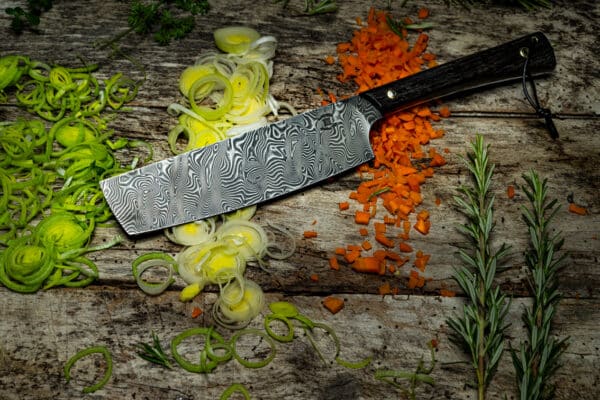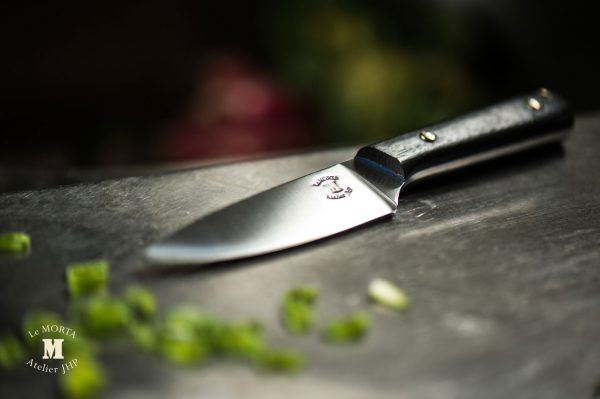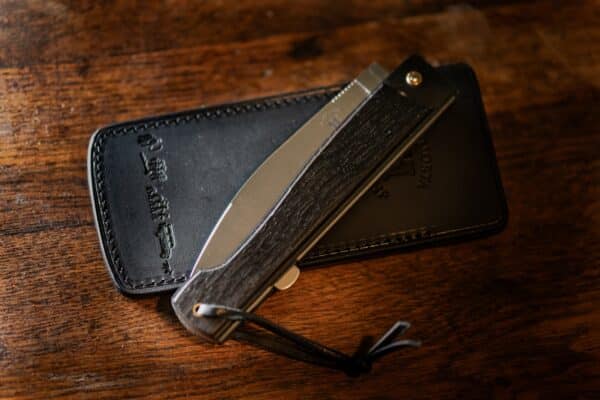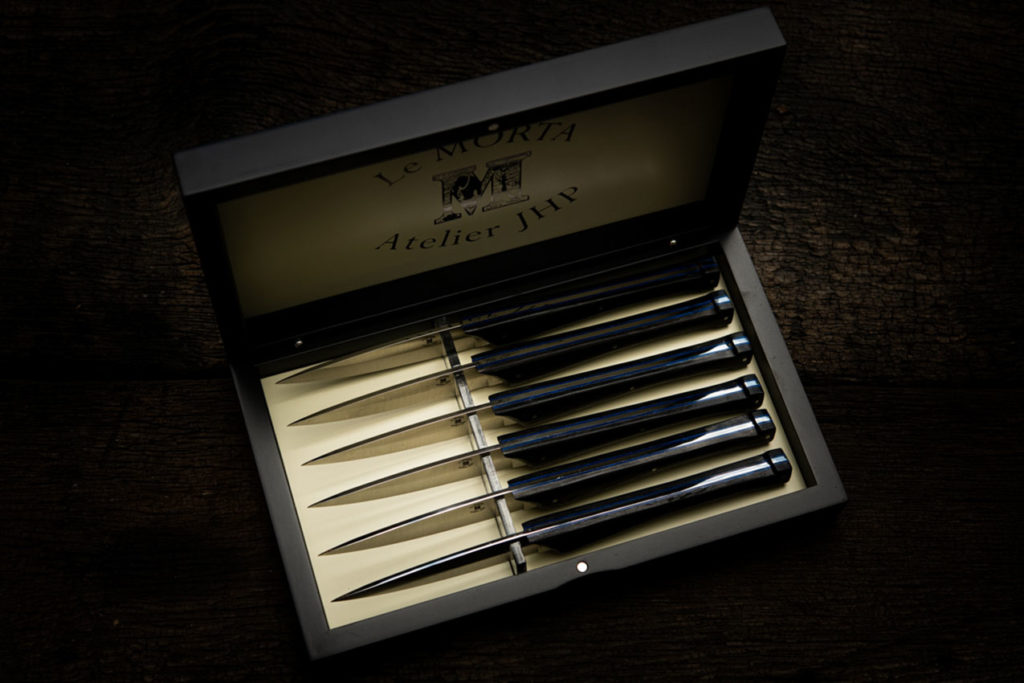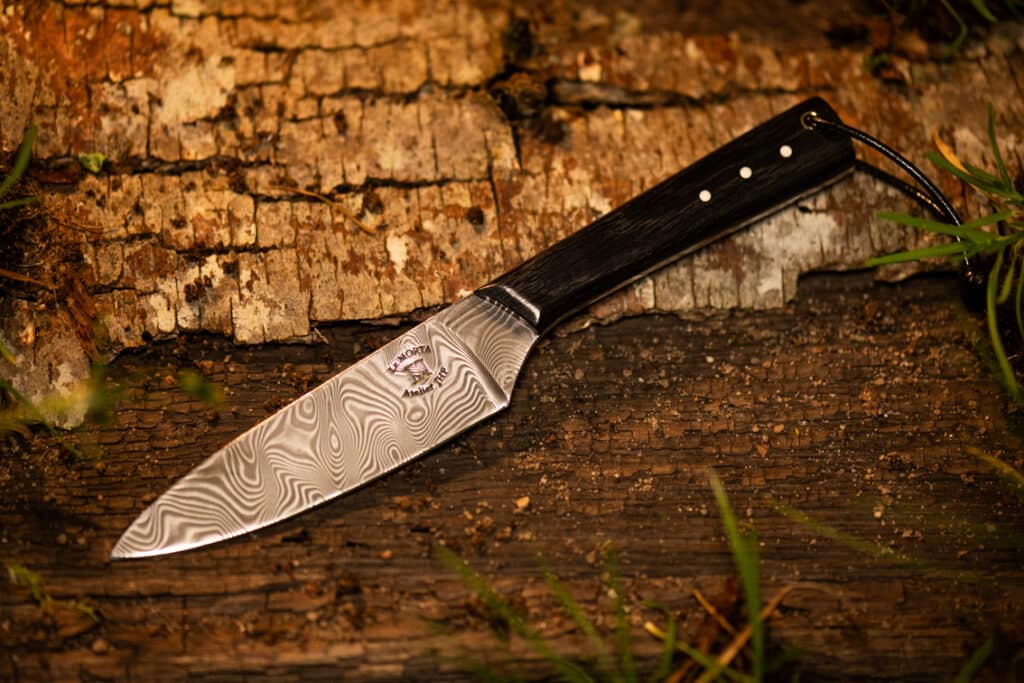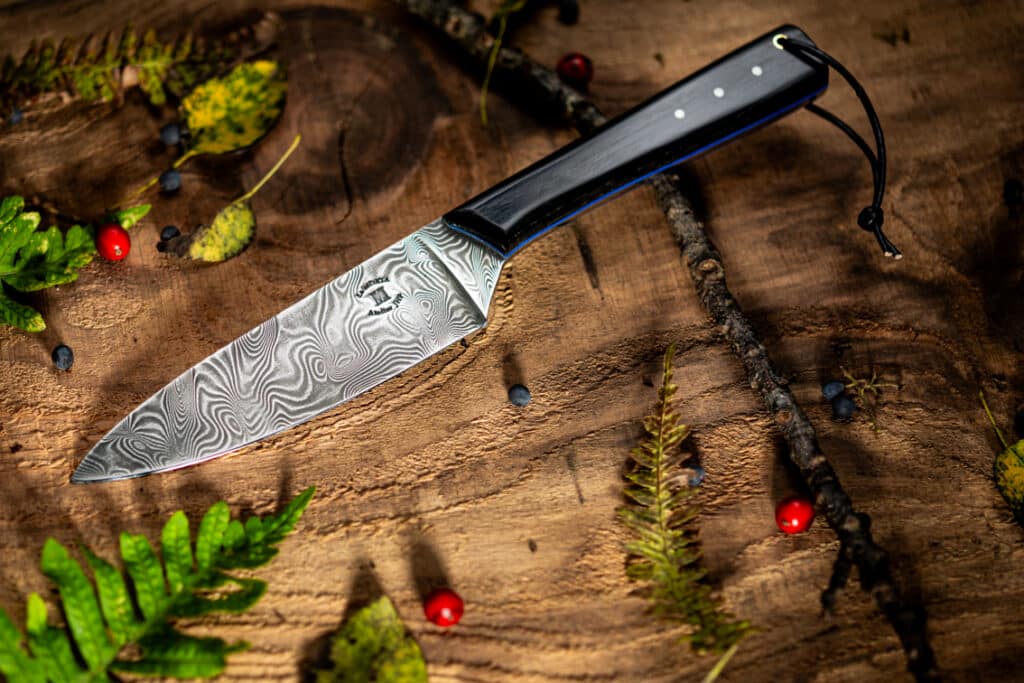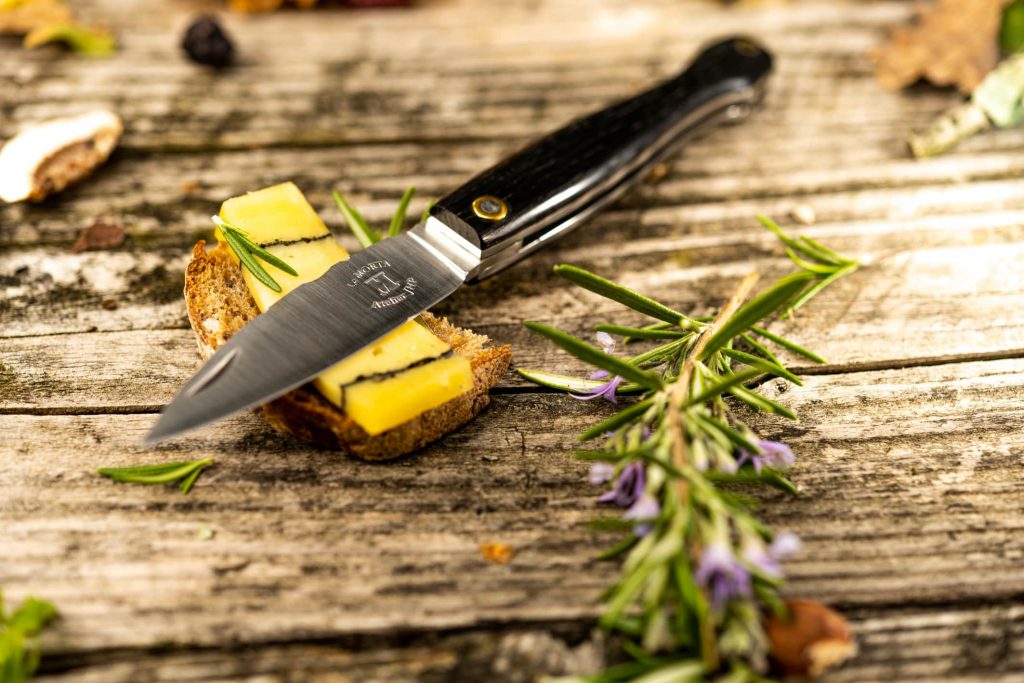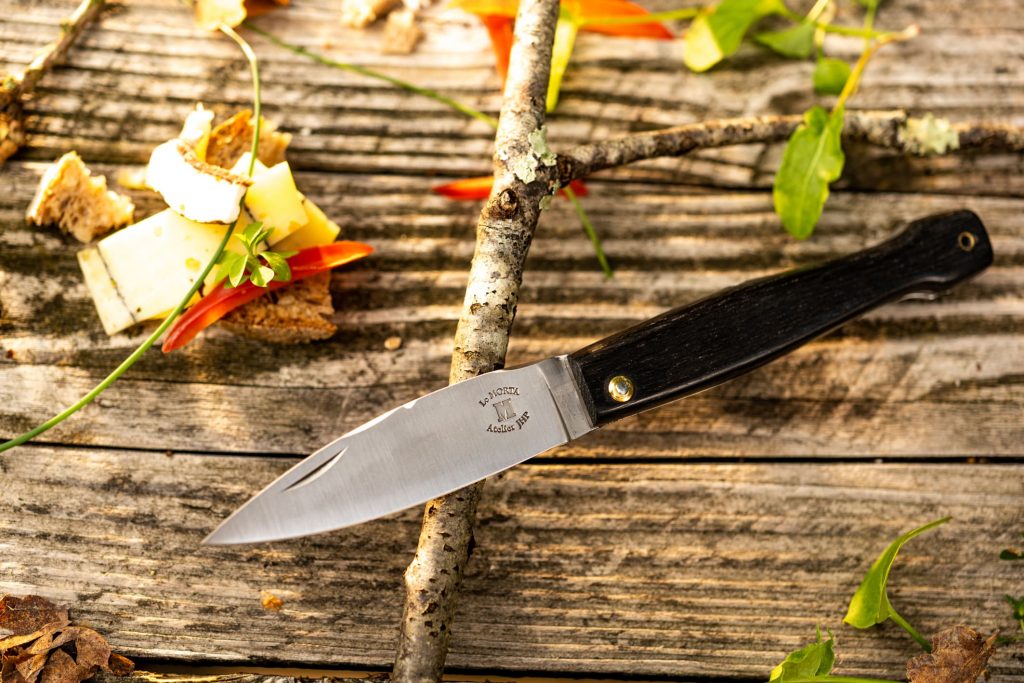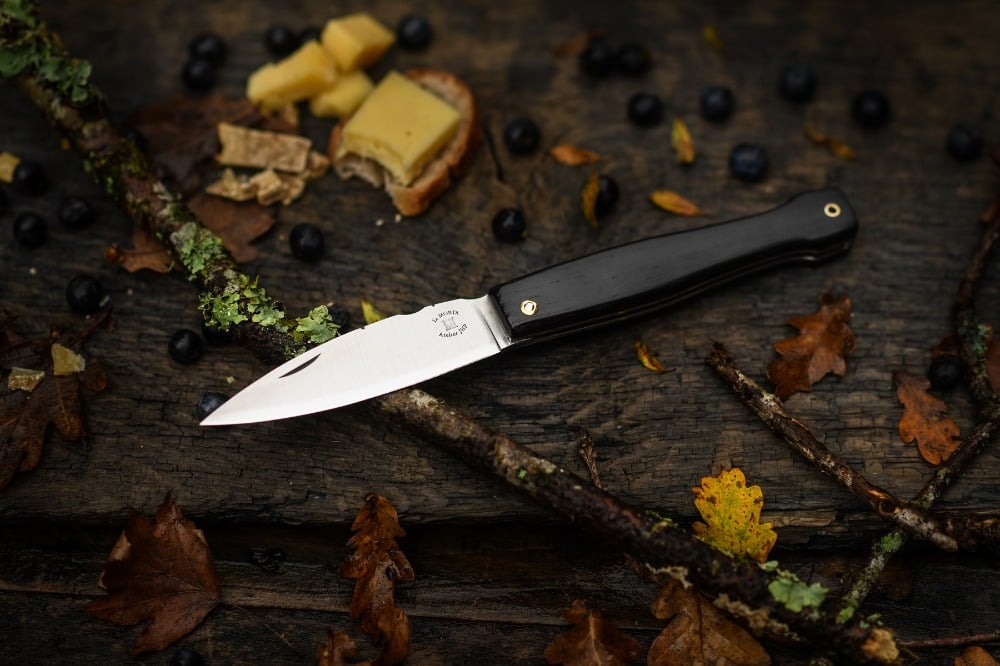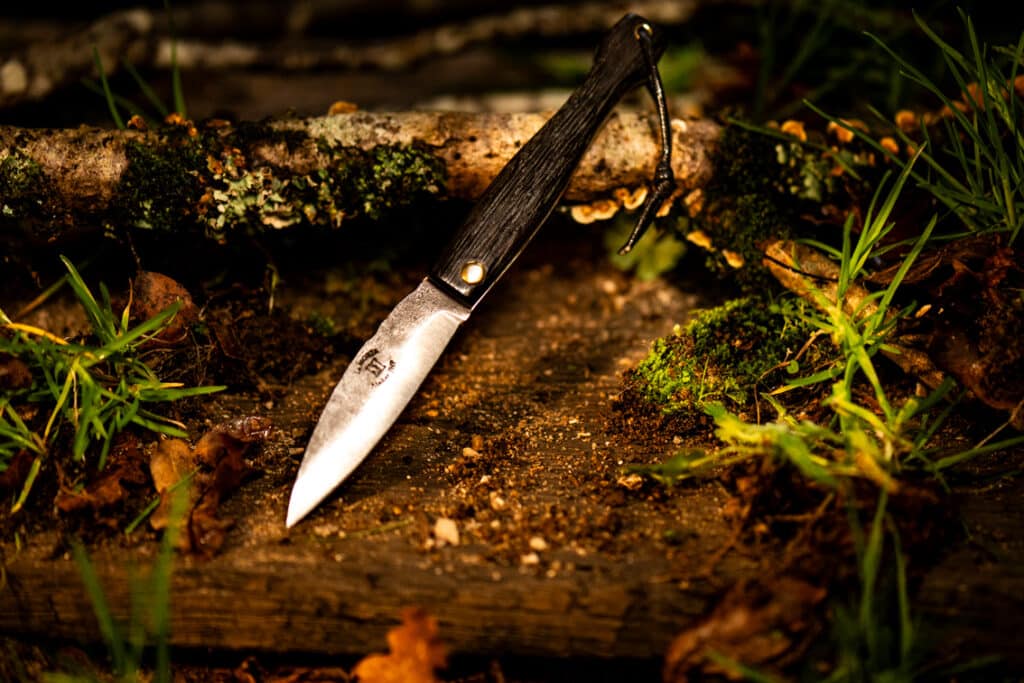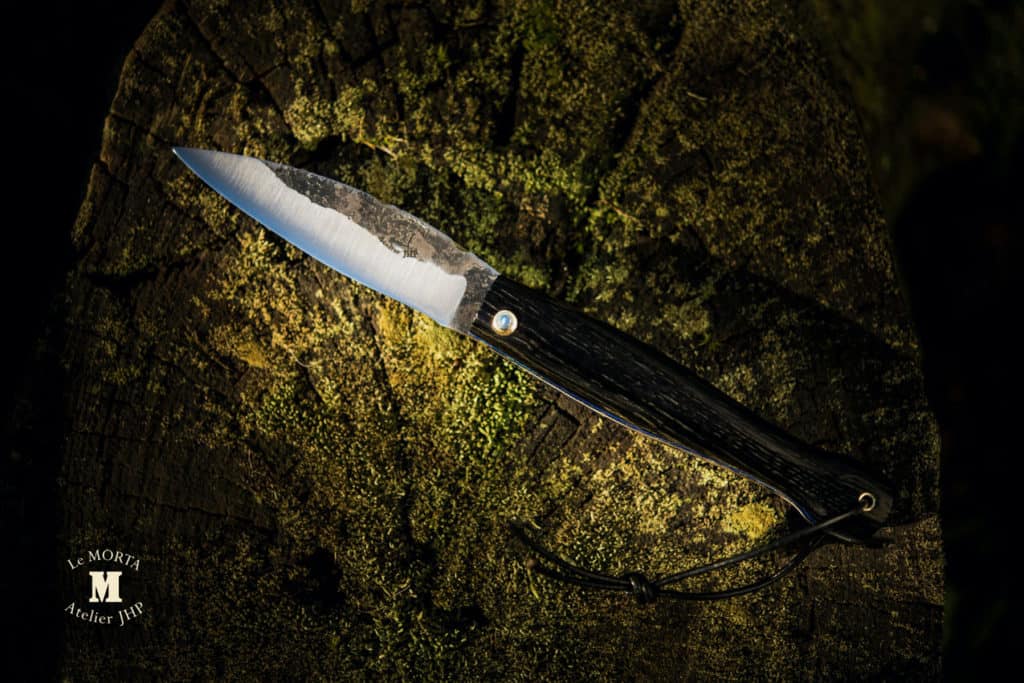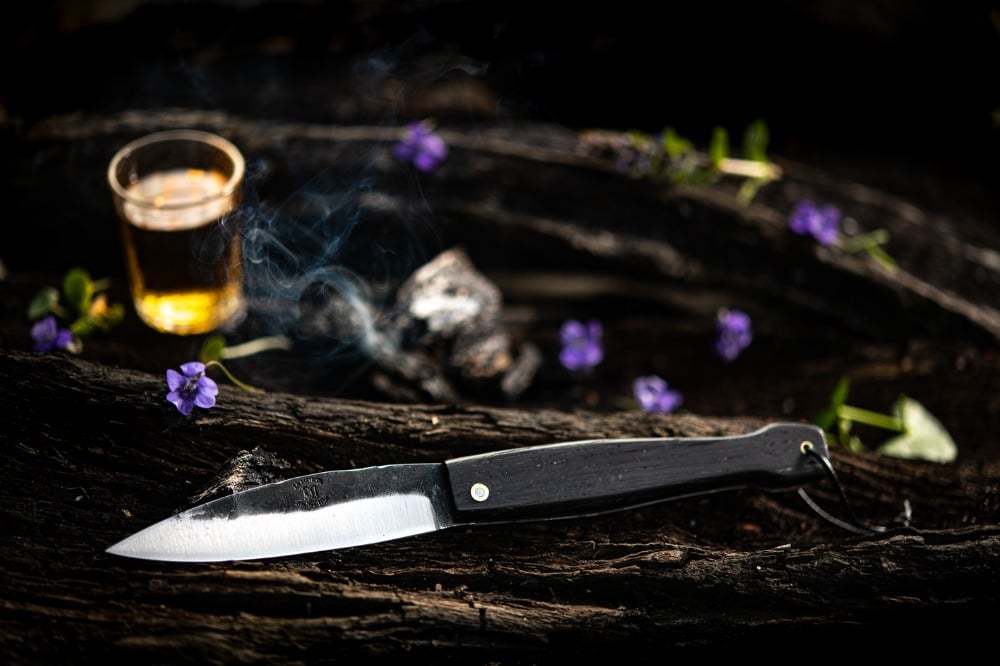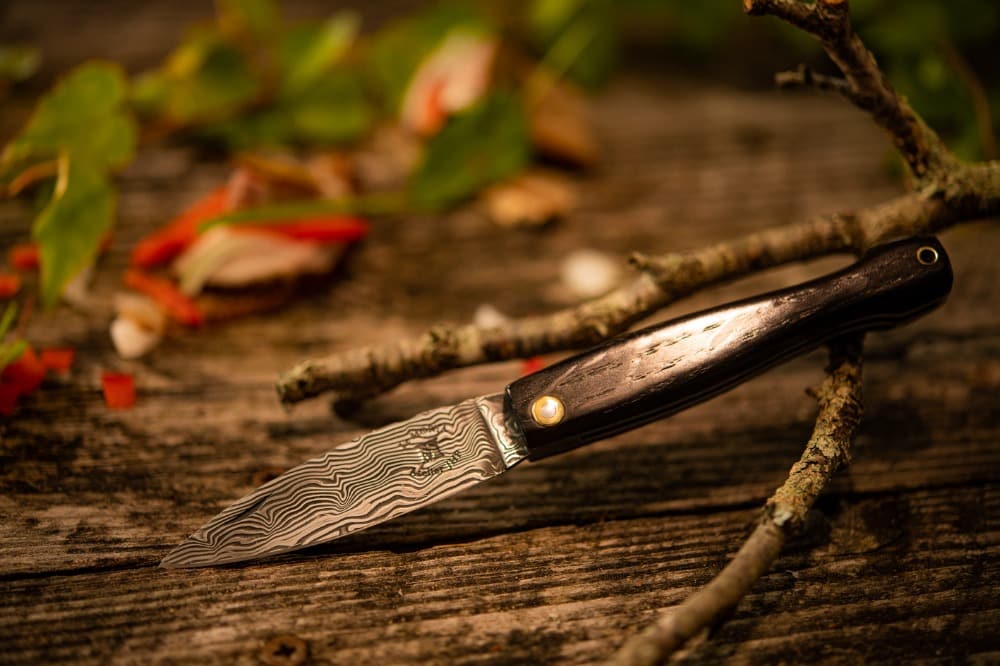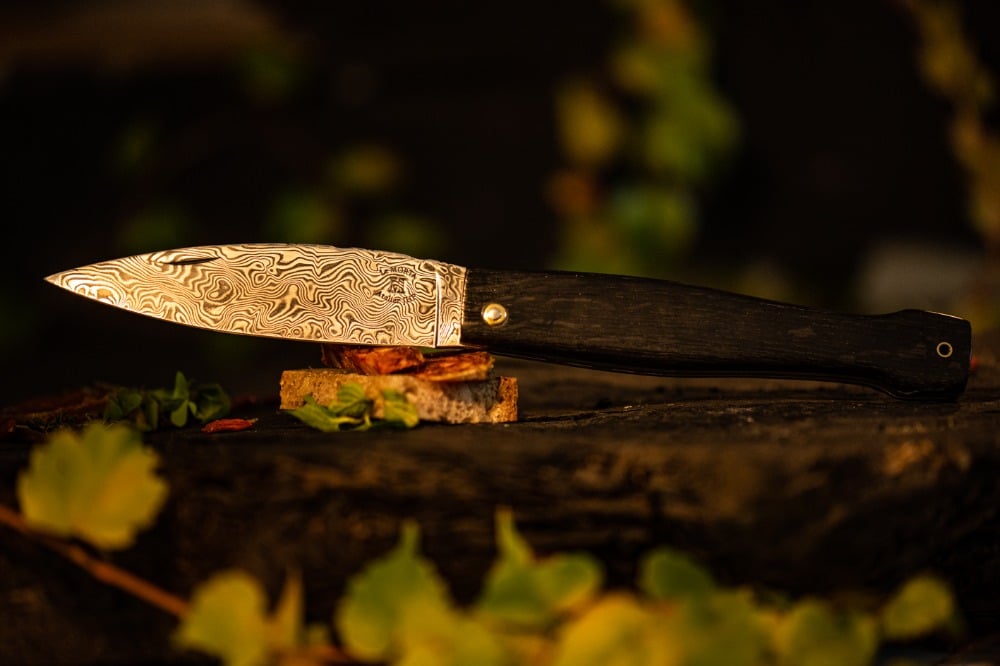A guarantee of quality and traceability for consumers, the “French Manufacture” indication proves to be a sales argument that many companies dream of displaying on their labels. To this end, numerous labels and designations are flourishing. However, obtaining certification to print the coveted “Made in France” marking requires specific criteria that not every product can claim. If it is not designed, developed, and manufactured in the hexagon with local components, the rules of preferential origin apply. They then determine the right to benefit from the highly sought-after tricolor logo. The Made In France Label is earned, and here’s how.
Different French Manufacturing Labels
Made in France, Made in France or Produced in France
The mention or label Made In France informs the consumer of its non-preferential origin. If the product is entirely made in France with French products, it is, in fact, of French origin. When several countries are involved in the manufacturing process, non-preferential origin rules determine if the merchandise can be considered as originating from a particular country.
Non-preferential origin is the common law origin. It differs from:
- the provenance (physical flow of the merchandise);
- the customs status (proof of tax payment);
- the preferential origin (application of reduced or zero customs duties).
By “non-preferential origin,” we mean the country that is naturally the origin of the product. Conversely, a preferential origin is when customs define the country based on the transformations it has undergone or the added value it has gained.
Private collective brands
The Origine France Garantie label is awarded by an independent body and is governed by a specific set of specifications. The product must:
- take its essential characteristics in France;
- generate at least 50% of its cost price in France.
There are others like the Logo France Industrie.
Regional collective brands also develop their own communication:
- Produced in Brittany;
- Made in Paris;
- Nous La Fé (La Réunion).
Sectoral collective brands highlight activity through origin labels:
- France Terre Textile;
- Lace of Calais.
Other private certifications pertain to the service, quality, or philosophy offered:
- Service France Garanti (at least 90% of the workforce has a French law contract);
- Relation Client France;
- Fair Trade;
- Label Rouge;
- Cruelty-free (animal welfare), etc.
State labels
The most well-known are:
- PGI: Protected Geographical Indication;
- GI: Geographical Indication;
- EPV: Living Heritage Company.
All these references can be confusing and mislead the consumer.
| 💡 Alert from economie.gouv site “Designed in France,” “styled in France,” “assembled in France,” “elaborated in France,” “packaged in France,” etc. Remain vigilant against ambiguous or misleading markings, which can mislead the consumer by suggesting a “France” origin when this is not necessarily the case. Furthermore, the presence of a French flag, a cockade, or a “blue-white-red” hexagon on the product or its packaging does not necessarily guarantee that the product was manufactured in France. |
Made in France products: Conditions for attribution
In Europe, aside from certain foodstuffs and agricultural products, origin marking is not mandatory. However, any company can claim the quality label Made In France if its manufacturing processes comply with the rules of origin as codified by customs services.
To do so, the company must comply with the non-preferential origin rules of European regulation.
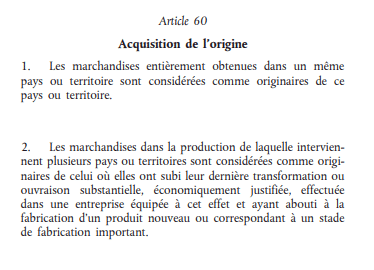
REGULATION (EU) No 952/2013 OF THE EUROPEAN PARLIAMENT AND OF THE COUNCIL of October 9, 2013 establishing the Union Customs Code
Case No. 1: a 100% French product
The product is exclusively manufactured from French components or ingredients, it has a de facto France origin.
cf. Article 60 paragraph 1 of the Union Customs Code.
Article 31 of the origin marking circular lists the goods entirely obtained in a country or territory.
Here is the excerpt! Enjoy your reading. 📖
- a) mineral products extracted from that country or territory;
- b) plant products harvested there;
- c) live animals born and raised there;
- d) products from live animals raised there;
- e) products of hunting or fishing practiced there;
- f) maritime fishing products and other products extracted from the sea outside the territorial waters of a country by ships registered in the country or territory concerned and flying the flag of that country or territory;
- g) goods obtained on factory ships from products referred to in point f) originating from that country or territory, provided that these factory ships are registered in said country or territory and fly its flag;
- h) products extracted from the seabed or subsoil located outside the territorial waters, provided that this country or territory has exclusive exploitation rights over this seabed or subsoil;
- i) waste and scrap resulting from manufacturing operations and articles no longer in use, provided they have been collected there and can only be used for the recovery of raw materials
- j) goods manufactured exclusively from products referred to in points a) to i).
We allow ourselves to add (in an entirely unofficial, but nonetheless truthful way, a k) Morta knives 😉!
It is specified that the notion of country also covers its territorial sea.
Let yourself be tempted by our Made In France products… ✨
-

XL Solid Morta as forged
325,00 € This product has multiple variants. The options may be chosen on the product page -

XL Solid Morta Damascus
525,00 € This product has multiple variants. The options may be chosen on the product page -

Trapper Morta knife
290,00 € This product has multiple variants. The options may be chosen on the product page
Case No. 2: a partially French product
If several countries are involved in the manufacturing, 2 criteria must be met for the product to obtain the Made In France label.
This product must:
- derive a significant part of its value from one or more manufacturing stages located in France;
- have undergone its last substantial transformation in France.
4 rules define this second point.
- The execution of a specific operation.
- The achievement of a minimum percentage of value added in France.
- The execution of a maximum percentage by weight or value of materials not originating from France.
- A change in customs nomenclature.
The product takes the origin of the country where it underwent the last substantial transformation.
Each product corresponds to a single rule. Thus, textiles respond to the first rule (manufacture from fibers). A turntable must have at least 45% of its added value made in France.
| 💡 To remember The Made In France mention does not prove that all stages of a product’s manufacturing were carried out in France, but only a significant part. |
Regulations for obtaining the “Made in France” marking
The company wishing to mark its product with the official sign must follow the non-preferential origin rules set by customs services in accordance with European regulation, namely:
- articles 22 to 26 of Regulation No 2913/92 (of October 12, 1992);
- articles 35 to 65 and annexes 9 to 11 of Regulation No 2454/93 of July 2, 1993.
Made in France or Made in France Label: The attribution procedure
How to apply for Made In France marking?
This process concerns operators who wish to enhance a product by affixing a Made In France or Made in France marking.
Apart from certain food products, the Made In France marking is optional.
If the company wishes to ensure its right to affix this marking, it simply needs to submit a request to the Regional Customs Directorate explaining how the product is manufactured.
Customs will provide an opinion on the compliance with non-preferential rules and indicate whether a France origin marking is possible.
If so, the company is then free to affix the “Made in France” or “Made in France” marking, in compliance with consumer information rules.
| 💡Alert from the douane.gouv site However, it should be noted that caution should be exercised when affixing a France origin marking on a product. The provisions of the customs code and the consumer code allow the General Directorate of Customs and Indirect Taxes (DGDDI) and the General Directorate for Competition, Consumption, and Fraud Repression (DGCCRF) to protect the French origin by sanctioning any fraudulent marking. |
💡 Note: Unjustified mention of the origin may lead to sanctions
Get help from the Origin and Made In France Service (SOMIF)
IMF (Information on Made in France) is a procedure offered by the customs administration. It allows companies to define the official origin of their products and the possibilities of marking.
IMF only aims to indicate to companies whether an origin marking of the type “Made in France” is possible or not. Companies are free to seek or not the expertise of the General Directorate of Customs and Indirect Taxes.
A SOMIF representative examines the manufacturing processes on the production site. He helps to fill out the request forms.
“Initiated in 2016, this approach has been very popular since 2017, as it is a selling argument,” declares Philippe Maslies-Latapie of the General Directorate of Customs and Indirect Taxes.
Looking for a Made In France gift idea? 🎁
Good news, you’ve found it.
Morta Knives from Made In France, the real deal!
At Couteaux Morta, we’ve never shied away from the provenance of our products. Of course, for the knives, we know.
For those who are unsure, see above, case #1 😉.
Proof: they are made in France, in Saint André des Eaux in Loire-Atlantique, in our noisy and dusty workshop at the heart of Brière. For the knives, that’s a given!
And the rest then?
🔪 The sheaths are designed by Gabriel BOUDOT in his workshop in Saint Nazaire (Loire-Atlantique 44).
🔪 The sheaths of fixed knives, clips, the roll, and belts come from Bourgeois et Cie in Gétigné (44).
🔪 The presentation boxes come from la Monnerie le Montel in Puy-de-dôme (63).
🔪 The boxes of our table knives are fashioned in Angoulême in Charente (16).
🔪 The necklaces are Made In Annecy, Haute-Savoie (74).
🔪 The sharpening stones come from a quarry in Ariège (09).
🔪 Our paper printing is done in Savenay (44).
🔪 Our decorative panels (for trade fairs or our workshop) are made in Saint Nazaire.
🔪 Only the metal cups are imported from the Czech Republic. Why? It’s simple, we haven’t found any French manufacturer.
Yes, there are cups marked “Made In France,” and even many. However, a single phone call is enough to understand that, indeed, the cups are personalized in France (basically, a decal is applied), but the Gallic contribution stops there.
So yes, our cups come from the Czech Republic, because there’s nothing closer. At least, they are of European origin. That’s something.
🐓 Cocorico, at our place, local consumption really means something.
Discover Morta Knives Made In France.
Made In France is not just a tricolor label; it’s an official procedure governed by customs and other competent authorities. But it’s especially about respecting materials, heritage, and the know-how of our dear hexagon.
For the consumer, it’s a mark of superior quality and safety. Buying local also means participating in environmental preservation (decarbonization). The French are loyal to these values. That’s why the Made In France Fair welcomes so many visitors each year.
And you know what? Rather than multiplying logos, we prefer to receive recognition from our dear public. Proof!
MIF 2022, the grand public prize goes to the JHP workshop
At a time when large groups compete in creativity with their greener, more responsible, more eco-citizen communication, we had the privilege of meeting at MIF real small (or larger) companies that, without trumpeting, also do real “made in France.”
In conclusion
Whether we plaster tricolor flags everywhere with “Made in France” or mention it discreetly in an article (like the one you are reading), the company’s responsibility is engaged on its declarations.
As for Morta knives, of course, they are “Made in France.” But in reality, we go much further in our approach, because if our knives are made in our workshop in St-André-des-Eaux, all peripheral accessories, consumables, and generally everything around Morta knives that can be Made in France is.
Before being a commercial argument, it’s a question of conviction for us, a sincere authenticity that’s not necessarily ostentatious.
🪶 Article written in France by the sharp pen of Christelle Lorant
8 frequently asked questions
What is the Made in France label and why is it important for consumers?
The Made in France label is more than just a tricolor tag; it represents an official certification, ensuring that a product’s manufacturing complies with the non-preferential origin rules established by European customs services.
This marking is crucial for consumers as it serves as a guarantee of quality, traceability, and commitment to respecting French raw materials and know-how.
For the consumer, purchasing products bearing this label equates to supporting local production, superior quality, and contributing to environmental preservation.
What's the difference between Made in France and manufactured in France?
There is no significant difference between the mentions “Made in France” and “Manufactured in France” in terms of regulation. Both can be used to indicate that the product was manufactured or underwent its last substantial transformation in France, in accordance with the non-preferential origin rules codified by customs services.
What are the different labels associated with French manufacturing and how can they be recognized?
In addition to the Made in France label, there is a multitude of certifications related to French manufacturing, such as:
- Made in France;
- Produced in France;
- Guaranteed French Origin;
- France Terre Textile;
or state labels like PGI (Protected Geographical Indication), GI (Geographical Indication), and EPV (Living Heritage Company).
To navigate these labels, consumers should rely on official certifications and remain vigilant against ambiguous or misleading markings.
The Guaranteed French Origin label, for example, requires that the product takes its essential characteristics in France and that its unit cost price is generated in France to at least 50%.
How can a manufacturer obtain the Made in France label for a product?
To earn this prestigious label, a manufacturer must adhere to the non-preferential origin rules established by European regulation and monitored by customs services, particularly the General Directorate of Customs and Indirect Taxes (DGDDI).
The company may, if it wishes, submit a request to the Regional Customs Directorate, detailing how the product is manufactured.
Customs then review whether the product complies with non-preferential origin rules and, if so, authorize the company to affix the Made in France or Manufactured in France marking, in compliance with consumer information rules.
What are the specific conditions for a product to be considered 100% French?
A product is considered 100% French if it is exclusively made from French components or ingredients. The precise criteria are codified in the Union Customs Code, specifically in Article 60 paragraph 1.
These criteria include various products and resources obtained or manufactured in France, ranging from mineral products to items made exclusively from French products. This also includes products from animals born and raised in France and maritime fishing products harvested by ships registered in France.
What precautions should manufacturers take to avoid sanctions related to the incorrect affixing of the Made in France marking?
Manufacturers must meticulously adhere to non-preferential origin rules and ensure that any mention of the product’s origin is justified and in compliance with the regulations. Abusive labeling can lead to sanctions from the General Directorate of Customs and Indirect Taxes (DGDDI) and the General Directorate for Competition, Consumption, and Fraud Repression (DGCCRF).
To avoid any mistakes, manufacturers are encouraged to seek expertise from services such as the Origin and Made In France Service (SOMIF), which reviews manufacturing processes and assists in filling out request forms, thus ensuring that products meet the standards to obtain the Made in France label.
What role does non-preferential origin play in Made in France certification?
Non-preferential origin is crucial in the Made in France certification process, as it determines the country that is naturally the origin of the product, unlike a preferential origin defined by customs based on the product’s transformations or the added value it has gained. It’s referred to as common law origin.
For a product to be labeled Made in France, it must adhere to non-preferential origin rules, meaning that either the product is entirely made in France with French components, or if several countries are involved, it underwent its last substantial transformation in France, and a significant part of its value is acquired in France.
How does the IMF (Information on Made in France) assist companies in the certification process?
IMF is a procedure offered by the customs administration to help companies define the official origin of their products and the possibilities for Made in France labeling. This service advises companies whether a Made in France type origin marking is possible or not, and companies are free to seek this expertise or not.
An IMF representative visits the production site to review manufacturing processes and assist in preparing request forms, ensuring that products meet the established standards to obtain the Made in France mention


